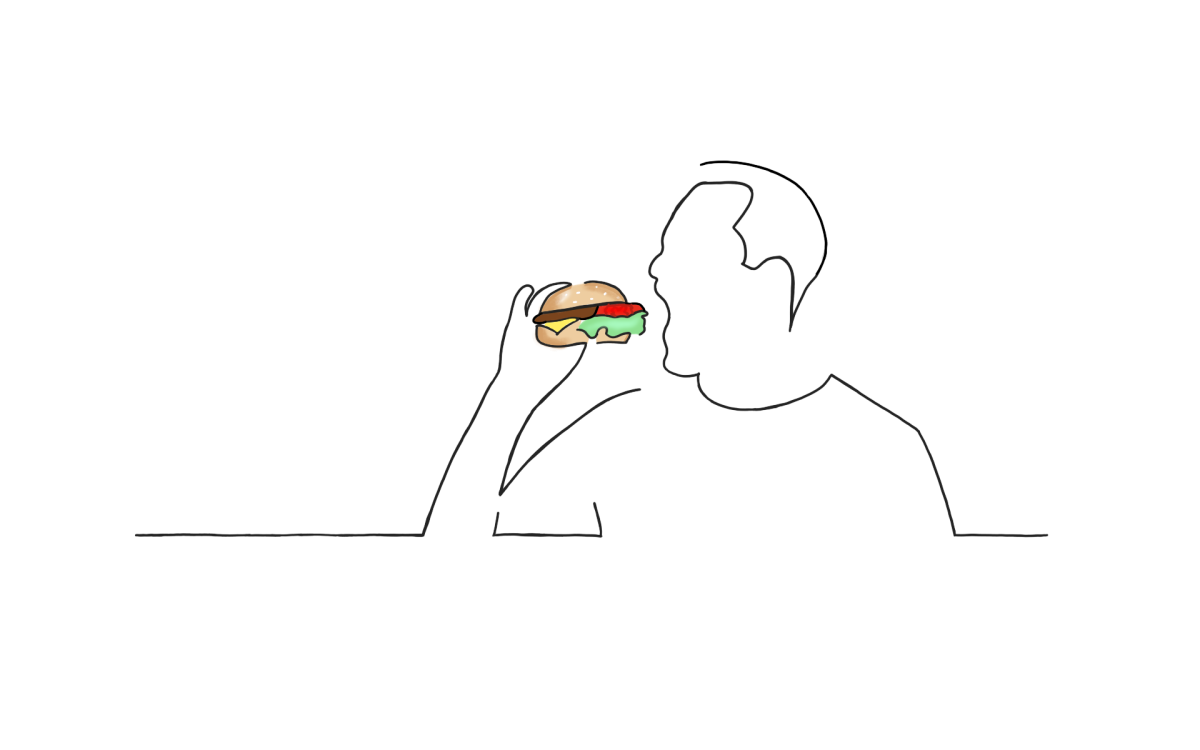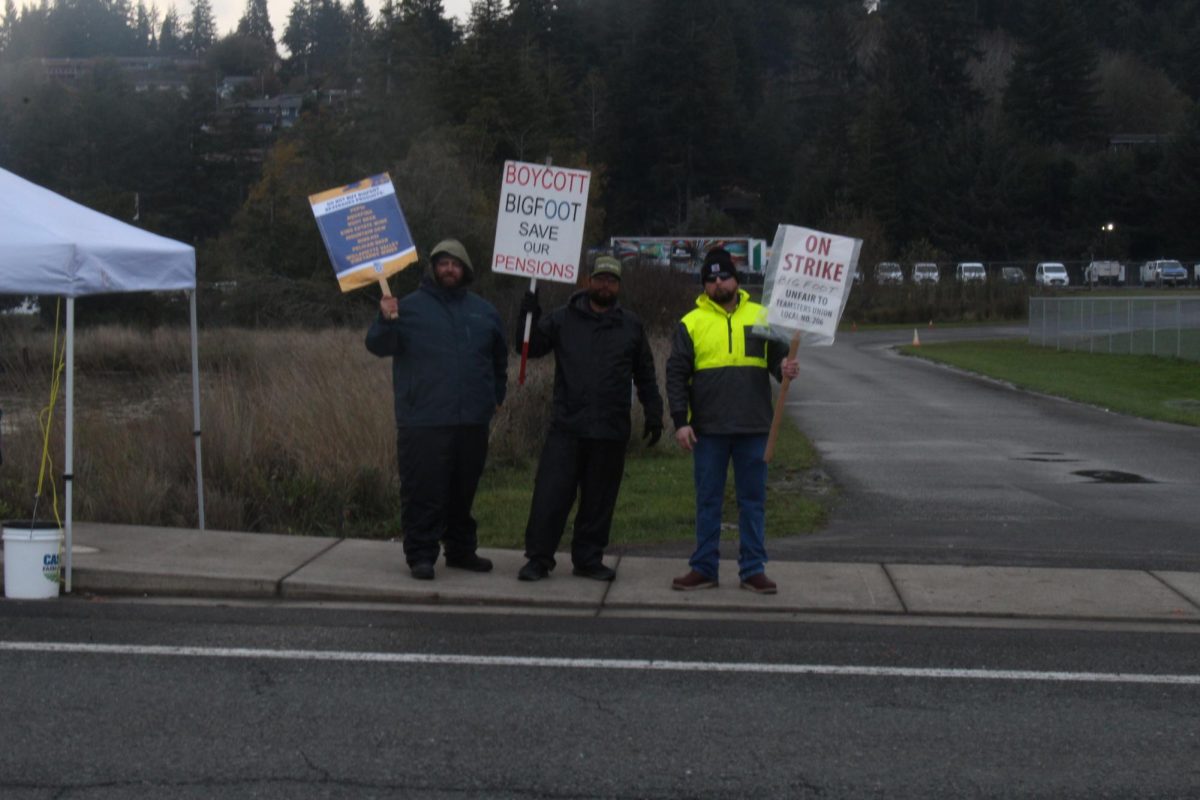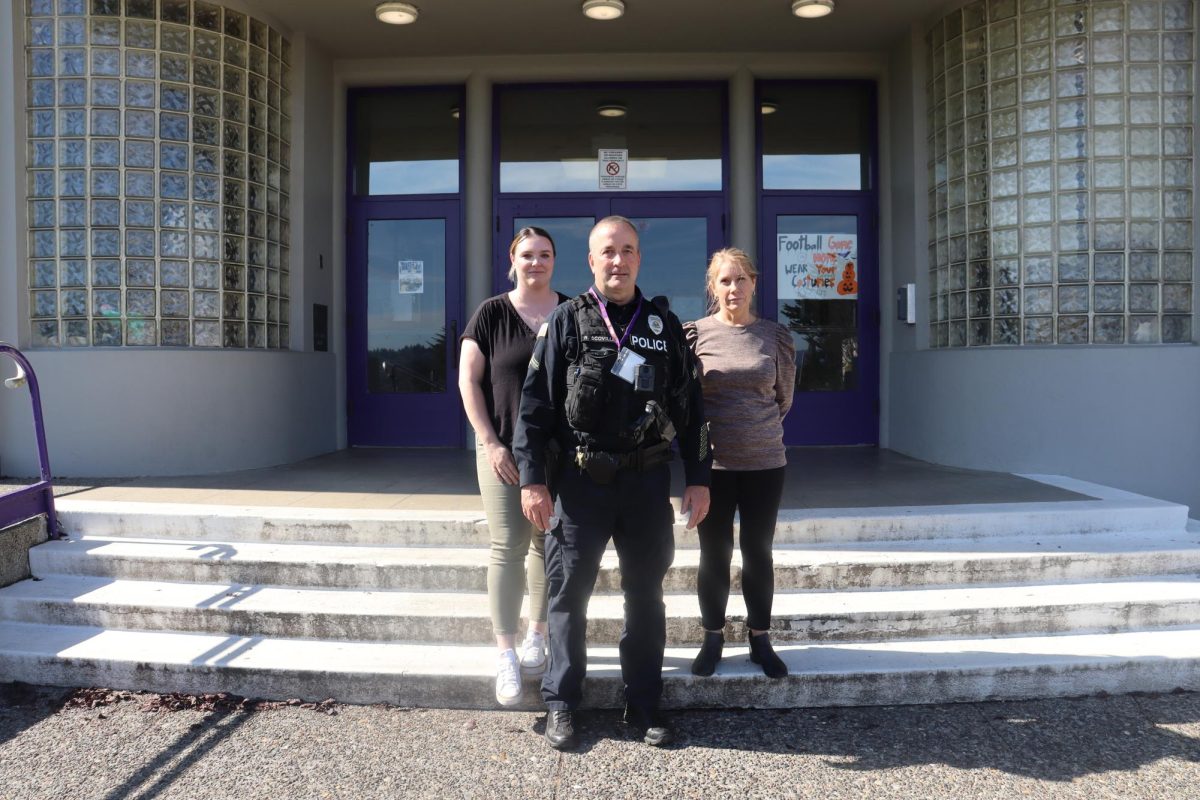Healthcare disparities in the United States
The healthcare disparities within the United States are not talked about enough. They have a negative impact on everyone but specifically target historically oppressed groups. Disparities and inequities refer to unfair healthcare systems that change a person’s overall health. Lack of awareness about the differences in symptoms for various health conditions in diverse groups leads to false diagnoses and preventable death. Whether people’s biases that cause this issue are purposeful or not, they still reinforce inequity.
“The healthcare disparity and lack of healthcare for diverse individuals in the U.S. have been an issue since the beginning, and got worse during the Covid-19 pandemic,” said Dr. Jonathan Park, a physician at North Bend Medical Center.
Racism is a widely overlooked issue in healthcare. Biases, prejudices, and stereotypes prevent people from accessing medical services and receiving adequate care. According to Medical News Today, Black communities are 67% more likely to have a shortage in healthcare. Affordability is also an issue. Black adults are twice as likely to experience limited or complete denial of access to health insurance as compared to White adults.
“Just because they have access to healthcare, doesn’t mean they can afford it,” said Park.
People in rural areas also struggle with a lack of access to healthcare. This is a prevalent issue in Coos County, especially the shortage of specialists. Patients have to travel far to reach the specialists they need. This is a problem because some community members don’t even have transportation to local medical facilities. And other rural Oregon communities face the same challenges.
“There is limited public transportation in our area so getting to appointments is very difficult,” said Deanna Vest, a registered nurse in Douglas County. “We have telehealth now which is used more than ever but not everyone has access to the internet.”
The inconvenience of traveling to appointments and the expense also make people wait even longer to seek medical help.
Rural communities statistically have less access to education. Citizens might not be aware of symptoms and signs of health issues and might not know when they should seek medical help.
“They wait longer and they come in sicker, and they don’t even realize how sick they are,” Vest said.
Stereotypes and biases start before students get to medical school. Many students already believe misconceptions that they have gathered from unreliable sources and misinformation and they need to be educated to understand the truth. Diverse groups may need different types of care but not in the way they might believe.
“When it comes to people with different ethnic backgrounds, they have different health issues that need to be addressed,” Park said.
A common misconception in the medical setting is that Black people have a higher pain tolerance. This false belief started in the 19th century to justify the inhuman treatment of slaves. The idea that African Americans are more resilient leads to not receiving the appropriate care or pain medication.
This is not just a regional problem faced by rural Oregon communities. This is a systemic issue within the medical community, and a problem in the entire nation.
“Listening to people saying they’re in pain, people tend to not believe someone who is Black or Hispanic,” said registered nurse Shayla Simms in Kentucky.
This is even more prominent in the care of children. According to Frontiers in Pediatrics, emergency departments are less likely to order blood tests, X-Rays, or computerized tomography scans for Black or Latinx children. They are also less likely to be admitted to the hospital. There are no clinical factors that cause people of color to be treated this way.
Thankfully, some medical programs are starting to catch on to these issues and teach with more diversity. When Simms went to nursing school in Kentucky, she learned about some specific disparities in the healthcare system.
“I was taught differences but they were the common ones that have been around for years,” said Simms. “I would venture to say that there’s more; signs and symptoms of certain diseases and disorders with the Asian population versus the Black population and what to look for, but it felt very vague and generalized.”
The U.S. is advanced in many ways, but the health care in the country is not up to par when compared with others. The mortality rate is higher than it should be, especially with infants. Life expectancies are lower for people of color, people in poverty, and people that don’t have access to healthcare.
“If you look at African American people here, they have a higher mortality rate than in some third world countries,” Park said.
Racial disparities primarily affect pregnant people and newborn babies. Maternal and infant mortality rates are much higher in the U.S. compared to other countries, especially when looking at ethnic groups. The African American and indigenous population face higher risk when it comes to pregnancy-related complications and death.
During the COVID-19 pandemic, there were several studies to help us understand the virus. Inequities were pulled into the spotlight when it was discovered that Black and Latinx people were at higher risk of death.
“The pandemic was a wake-up call, surfacing these issues and making it mainstream,” Park said.
He believes that these issues are getting resolved in the post-pandemic world and hopes to see great change for everyone in the next five to ten years.
Gender bias also impacts how people are treated in the medical setting. A study by the United Nations Development Programme found that close to 90% of people globally have a bias against women. Explicit and implicit biases influence behavior and lead to discrimination. This affects the research on women’s health and patient-doctor interactions.
The lack of inclusivity in medical research has created many knowledge gaps. Before the 1990s, men were seen as superior test subjects and women were rarely included in experiments. This makes research during this time flawed because there is no understanding of how the outcomes would affect women. The biological differences between the sexes lead to unique experiences with drugs, diseases, and types of treatments. Even though women make up roughly half the test subjects in research today, it doesn’t make up for the decades of research that they were excluded from.
An example of a gender disparity is heart attack treatment and survival rates. In recent years, the difference in heart attack symptoms between men and women has become more apparent.
“In the cardiac realm, they are looking more at men versus women because symptoms of a heart attack definitely differ,” Vest said.
Typically symptoms of a heart attack for men are chest pressure or pain, jaw, neck or back pain, nausea or vomiting, and shortness of breath. Women often experience chest pain, but not always, pain or pressure in the lower chest or upper abdomen, jaw, neck, or upper back pain, nausea or vomiting, shortness of breath, fainting, indigestion, and extreme fatigue. Heart attack survival rates are much lower in women, but hopefully, the understanding of this disparity will decrease the preventable deaths.
Many people are not aware of this disparity and it can cause confusion and misunderstandings. Doctors and healthcare professionals may change medications, recommendations, diagnoses, or treatments if the research has been as extensive for women as it has been for men.
More representation in healthcare works can make diverse individuals feel more comfortable. Whether it’s race, gender, or culture, representation makes people feel understood.
“When there’s a difference in culture, it’s harder to relate to them and be able to provide care,” Simms said. “There is a sense of relief for a patient when you walk in the room and they can recognize that you understand them. There is more comfort, there’s more questions and there’s more dialogue.”
When a doctor can’t relate to their patient, it may make the patient feel angry or uncomfortable. This makes the whole process much harder.
There is no simple fix to this issue. It needs to be addressed on a federal level. It might be years, or even decades, before any big changes. But individuals can speed up this process by educating themselves and their community on the topic.
Your donation will support the student journalists of Marshfield High School. Your contribution will allow us to purchase equipment and cover our annual website hosting costs.

Senior Makenna Weatherly is new to journalism this year. She is also a senior representative of ASB, a member of National Honor Society, and is a senior...


























